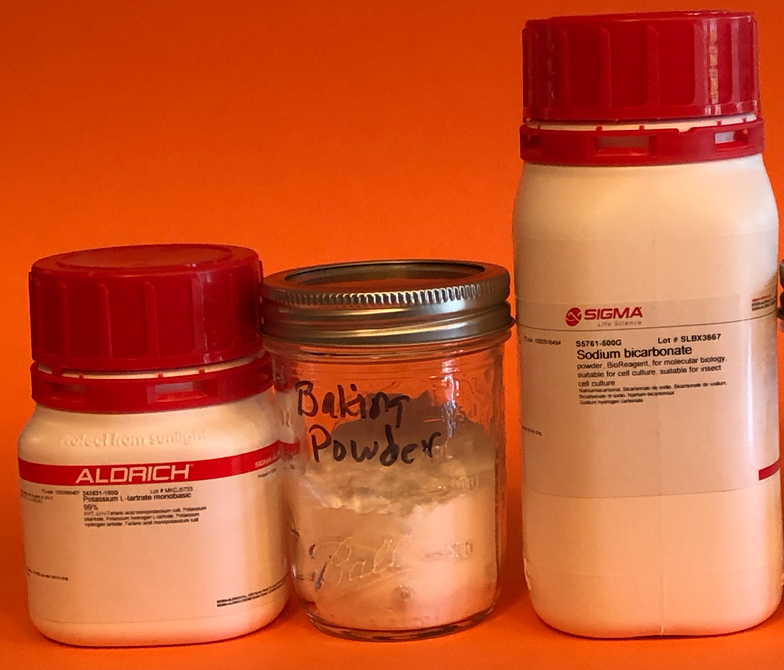This ad-free article is made possible by the financial support of the
Center for Research on Environmental Chemicals in Humans: a 501(c)(3) non-profit.
Please consider making a tax-deductible donation for continued biomedical research.
Commercially purchased bread has numerous plastic contamination routes in preparation and packaging — some known and probably others unknown. Best kitchen practices, therefore, demand that bread be baked from known ingredients.
One of those ingredients a rising agent — yeast or baking powder.
Because investigators could not determine the provenance of yeast — processing and packaging — baking powder was preferred. In addition, the use of making powder aided kitchen staff by simplifying the bread-making process and saving time by eliminating kneading and rising time.
Like yeast, investigators could not determine the provenance of commercially available baking powder. Instead, investigators compounded their own baking powder to avoid possible microplastic contamination from processing methods and packaging.
Given that the scientific reagents obtained from Sigma and Aldrich were packaged in plastic containers, the risk of microplastic contamination has not been completely addressed.
Baking powder fore this investigation was compounded of two parts (by weight) of Potassium L-tartrate to one part Sodium bicarbonate and thoroughly dry mixed with a stainless steel spatula and stored in a glass and metal container.
